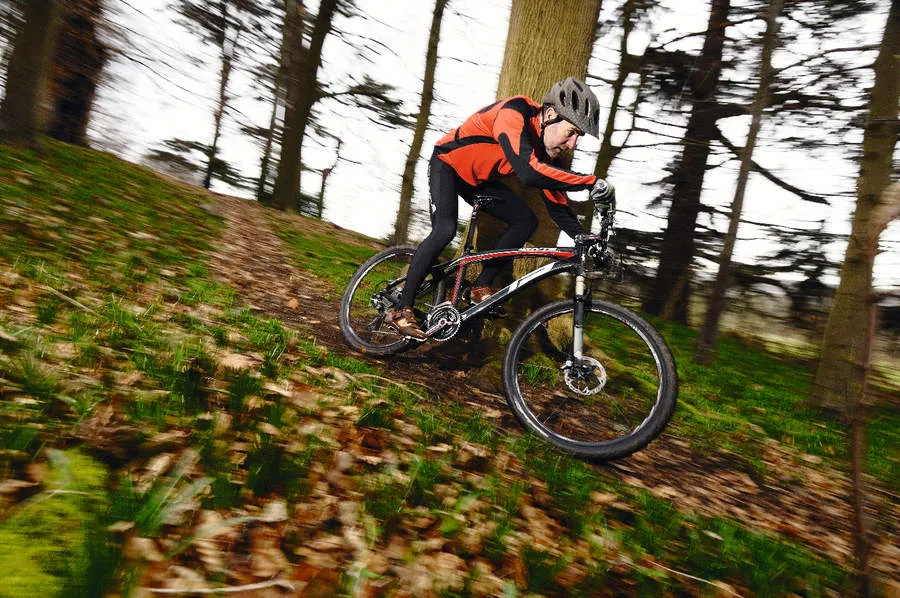Whyte have had plenty of time to practise their design and assembly skills on the highly acclaimed E-120 carbon full-susser, now in its second incarnation. Superficially, a hardtail may seem like an easy R&D job in comparison, but that obviously hasn’t resulted in complacency.
The 19 Team is a beautifully realised structure that morphs its great looks with the sort of performance advantages that leave you with no excuses to fall back on, apart from the limitations of your own body. This stunning carbon bike confirms that there are still plenty of good reasons left to love racey hardtails.
We’re not going to tell you the Whyte 19 is well worth its price tag, because there are far more sensible – and only slightly heavier – versions of this and other carbon-framed race bikes available for less.
But as a ‘no compromise’ XTR-equipped 20lb package, you might not find a bike that offers such an enjoyable ride on trails that are more technical than a cross-country race course. It almost seems wrong to be having so much carefree fun on a 20lb bike.
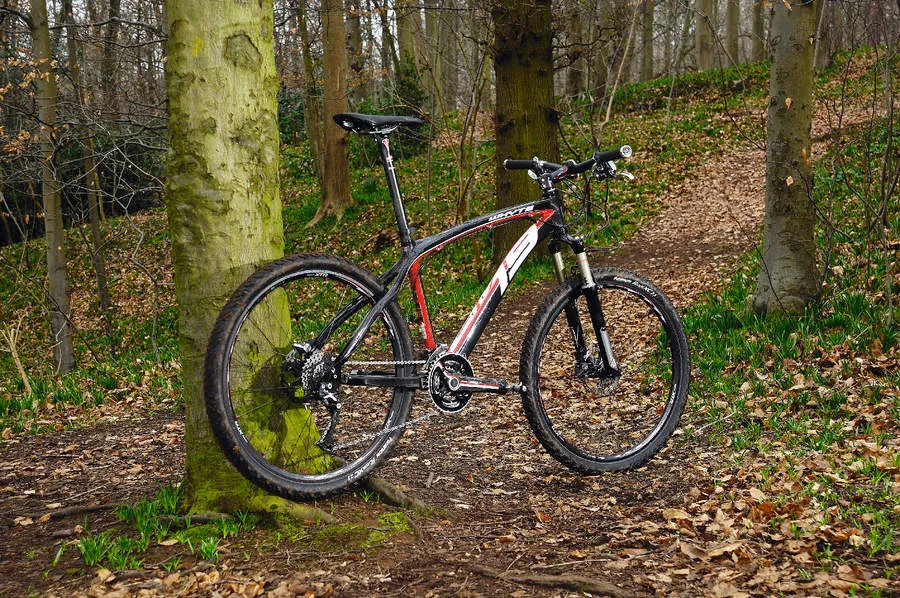
Ride & handling: Race-winning weight blended with tough trail attitude
Right from the off, you know the Whyte is something special. It has that seductive mix of race-bike speed and hard-riding trail-bike handling.
The steep seat angle sits you slightly forward, allowing you to really get the best from the superb 100mm RockShox SID World Cup fork. It’s worth bearing in mind that a well set up SID World Cup lets you get away with almost as much carefree trail abuse as many longer-travel but lower-budget forks, while keeping the sharp steering and minimal flutter/dive braking of great short forks.
You’ll notice the no-twist chassis structure and oversized bottom bracket when you put the hammer down – especially climbing or sprinting, which is precisely when the low weight makes its mark.
The 19 Team is a bike that seems to surge forward when you exert power, and this can get you out of all sorts of trouble on technical climbs, as well as making it a highly competitive machine against its – or your – peers.
Handling is surprisingly neutral compared with many race bikes; the weight makes it lively but the steering is never nervous.
With the Panaracer Razer tyres fitted, it can be a bit tetchy on wet surfaces and chattery over the bumps, but this could be easily changed with a fatter set of treads if absolute speed isn’t your overriding priority.
But even with the minimally treaded race tyres fitted it’s still a great bike for carving technical singletrack, with a surprisingly comfortable ride considering the chassis’ tracking stability.
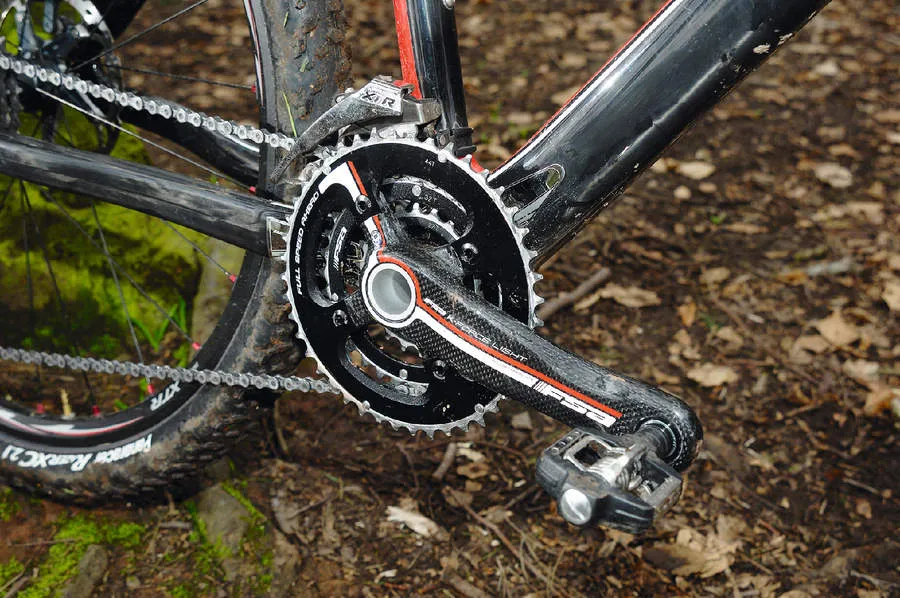
Frame: Strong, stiff and ultra-responsive, and only 2.5lb
The 20lb Team is the king of the hill in Whyte’s 2009 hardtail range, which also encompasses a ‘standard’ 100mm-forked Race at £2,152.21, a frame for £1,125.53, a 120mm-forked titanium-framed Trail for £3,130.94, a titanium frame for £1,662.85 and the aluminium-framed 19 Trail for £1,956.47.
The Team won’t be the most rational choice for the cash starved but it’ll probably be the one you’ll want after you’ve had a chance to test-ride it.
Claimed frame weight is just over 2.5lb, so a sub-20lb build would be fairly easy if you threw money at it – but we suspect no one is going to be moaning about the complete Team’s 20.2lb heft.
The frame’s unidirectional carbon composite monocoque sections result in the sort of swoopy organic looks that could win over the aesthetes before any consideration was given to speed and handling personality.
But it almost goes without saying that performance doesn’t play second fiddle here. All those curves, bulges, ribs, flares and tapers are there for good reasons other than looking good, as they create the required mix of strength, stiffness and ultra-responsive ride feel without introducing jackhammer mannerisms over the bumps.
The fine detailing here is superb. The BB30 (30mm axle) oversized bottom bracket shell trims weight and boosts drive power, and there’s loads of mud drop-through room.
The bash plate protects the carbon from chain damage inside the chainrings, but a neoprene stay-wrap would have been a useful extra to deflect chainslap over the bumps. A forward-facing Allen key seat clamp is designed especially for Whyte’s twin slot seat tube top. The integral headset allows for a very low, race-style front end if needed.
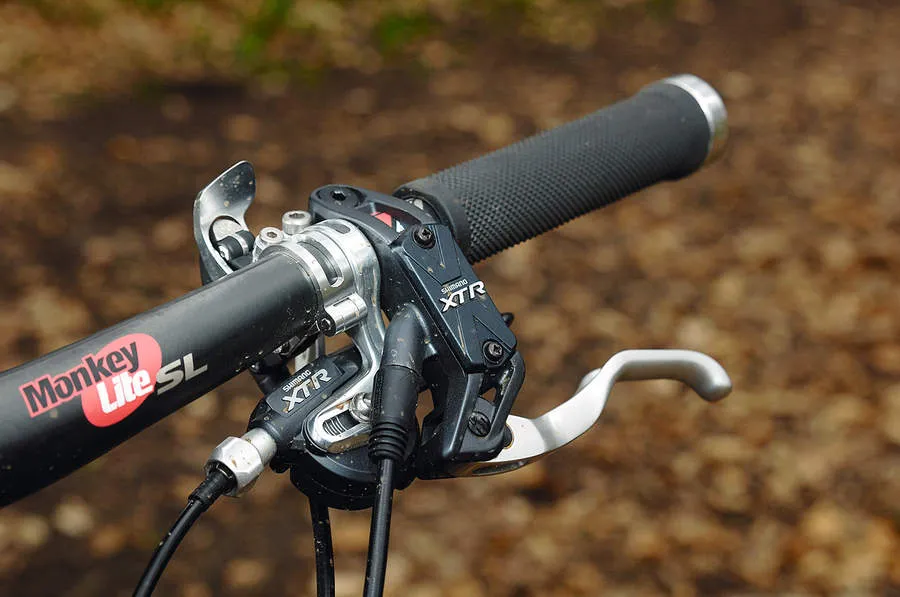
Equipment: Superb fork, XTR gruppo and top-end kit from FSA and Easton
The geometry assumes 100mm of fork travel, and the Team comes with the light and superbly well-controlled RockShox SID World Cup, with a bar-mounted lockout lever and easy to understand set-up backed up with as much fine-tuning potential as you’re ever likely to need.
The drivetrain mixes a Shimano XTR gearset with FSA’s BB30-specific Force Light hollow carbon crankset, which has the bottom bracket (BB) bearings pressed into the BB shell.
An XTR tubeless-ready wheelset is wrapped with minimally treaded Panaracer Razer XC 2.1in tyres – you’ll find that these are good for high-speed trails and better than you’d initially imagine in the mud.
Easton’s superb bars, stem and seatpost keep the weight low and the quality high, as does Fizik’s Ti Tundra saddle and Whyte’s own bolt-on grips.
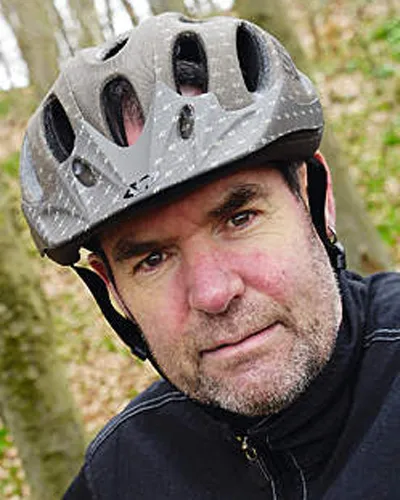
Tester’s thoughts
Steve Worland: “A lot of racers are coming to the conclusion that a well put together bike with a 100mm fork, a slightly slacker head angle and a middle-width riser bar allows them to ride harder and faster than they can on a short-forked bike with a steep head angle and a narrow flat bar. And because they’re having more fun then they ride faster. I love bikes like this.”
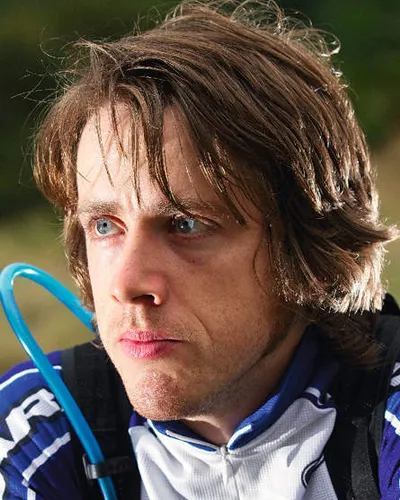
Designer says
We asked Whyte designer Ian Alexander to answer a few questions…
What can the 19 offer to a non-racing trail rider?
Anyone who appreciates nailing an uphill fast, stamping big gears on the flat and taming a sharp descent should get a lot out of this bike.
With so many great carbon hardtail frames around, what would you say sets the 19 apart?
We do all the 3D design and development at our UK design office in the Cotswolds, so it’s a genuine UK-developed bike. We focused on creating a frame that is just over 1kg (for a medium size), and on increasing stiffness in the chassis.
How much influence do you have on frame design/construction?
We cut our own moulds so it’s a unique chassis by Whyte design. I wanted to soften the hard lines of other race frames, as I think it’s inherent with the material and process. For example, with the curving top tube, you only lose 4mm of standover compared with a straight tube, but the feel of the frame that this and other bits of design create is very different
And how much do you have to trust in the expertise of Whyte’s fabrication plant?
In terms of our manufacturing partners, we take great care to use the best factories, and this extends to the composite factories we use for the 19C and the E-120. The 19C took 18 months in design, development and testing, and eight iterations of design have been worked through before we reached all our targets.
